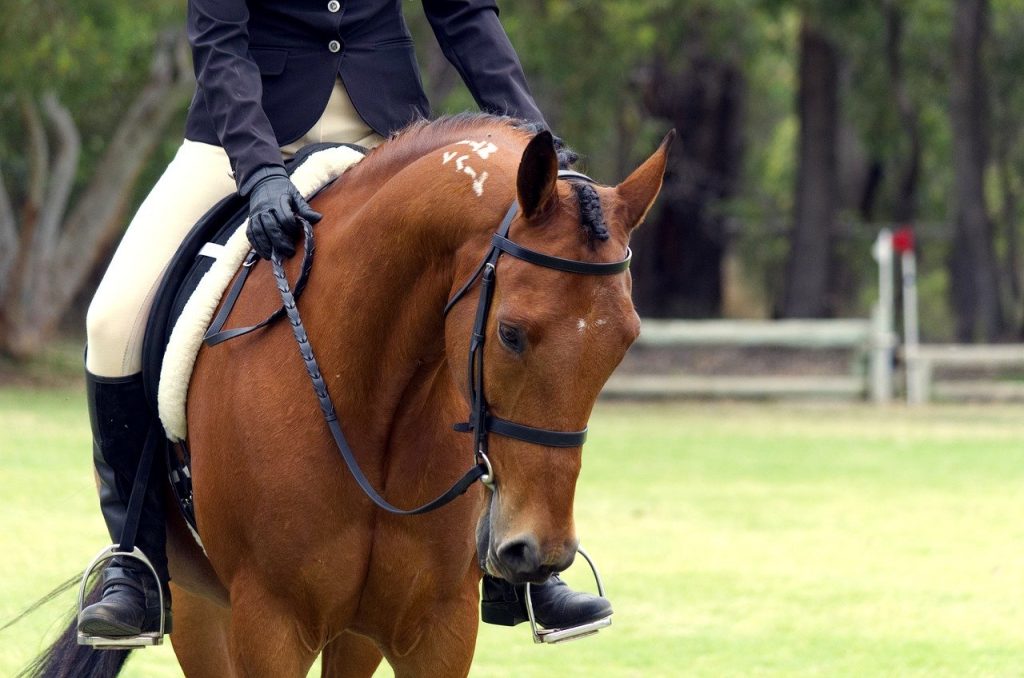
How to Bridle a Difficult Horse Without Stressing Out?
Share
Bridling a horse is a fundamental skill for any equestrian. However, many horse owners find themselves asking, 'how to bridle a difficult horse' without causing stress to themselves or their equine companion. This article is especially designed for health-conscious pet owners who want to ensure a calm and effective bridling process for a more enjoyable riding experience.
Before diving into the methods and techniques to bridle a difficult horse, its crucial to understand the concept of trust and comfort in horse training. Horses, like humans, have personalities and moods, which can greatly influence how they react to being bridled. Understanding your horse's behavior can provide insights into how to make the process smoother.

Understanding Your Horse's Behavior
Before you attempt to bridle your horse, take a moment to observe their behavior. Are they easily spooked? Do they tend to shy away from new things? Or do they show signs of aggression? Monitoring your horse's body language can give you clues on how to approach them calmly. A good starting point is to create a relaxing atmosphere where your horse feels safe.
Once trust has been established, the next step is to incorporate some groundwork techniques. Groundwork helps to strengthen your communication with the horse. Using groundwork can make the bridling process less daunting and more enjoyable for both parties involved.
Groundwork Techniques to Prepare for Bridling
Groundwork is an excellent method to get your horse accustomed to your presence and the bridle. Engaging in groundwork exercises can significantly reduce anxiety during the bridling process. Here are a couple of effective groundwork strategies:
- Leading Exercises: Spend some time leading your horse around. This simple exercise builds confidence and trust.
- Desensitization: Use a soft cloth or your hand to gently touch different parts of your horses face, including where the bridle will go. This helps them become comfortable with the idea of the bridle.

Choosing the Right Bridle
When learning how to choose the right bridle, its essential to pick one that not only fits the horse properly but is also comfortable for them to wear. An ill-fitting bridle can cause unnecessary stress and discomfort. When selecting a bridle, always consider:
- The size and breed of the horse.
- The intended use of the bridle (riding style).
- The materials used, which may affect the comfort level.
Tips for Bridling a Difficult Horse
Once you have established a good rapport with your horse and selected an appropriate bridle, its time to begin the actual process. Here are some handy tips:
- Stay Calm: Horses can sense your emotions. If you remain calm and collected, your horse is more likely to respond positively.
- Use Treats: Positive reinforcement can go a long way. Offer treats or their favorite snack after successfully getting the bridle on.
- Take It Slow: Rushing the process can lead to stress for both you and your horse. Take your time.

Common Mistakes to Avoid When Bridling a Horse
Avoiding common mistakes can significantly enhance the bridling experience. Here is a list of pitfalls to steer clear from:
- Not Checking Equipment: Always ensure your bridle is in good shape. Worn-out equipment can pose risks.
- Forcefulness: Never try to force the bridle on your horse. This only leads to more resistance.
- Ignoring Body Language: Always be aware of your horse's reactions. Taking notes of their cues can help you adjust your approach.
Post-Bridling Care
Once you have bridled your horse, its important to take care of them after. Spend time with them, whether its grooming or walking around. This reinforces a positive experience and encourages better behavior in the future.
For more detailed information on how to safely bridge your horse, check out this article about bridle usage.
Frequently Asked Questions
1. What should I do if my horse refuses to be bridled?
If your horse refuses to be bridled, take a step back and evaluate their comfort level. Ensure they have been desensitized to the bridle and assess their behavior overall.
2. How can I tell if the bridle fits properly?
A correctly fitting bridle should allow your horse to move freely without causing discomfort. You can watch for signs of rubbing or irritation.
3. Are there any specific bridles designed for difficult horses?
Yes, some bridles are designed specifically for sensitive horses. Researching and seeking advice from a professional trainer can help you make the best choice.
As an Amazon Associate, I earn from qualifying purchases.
